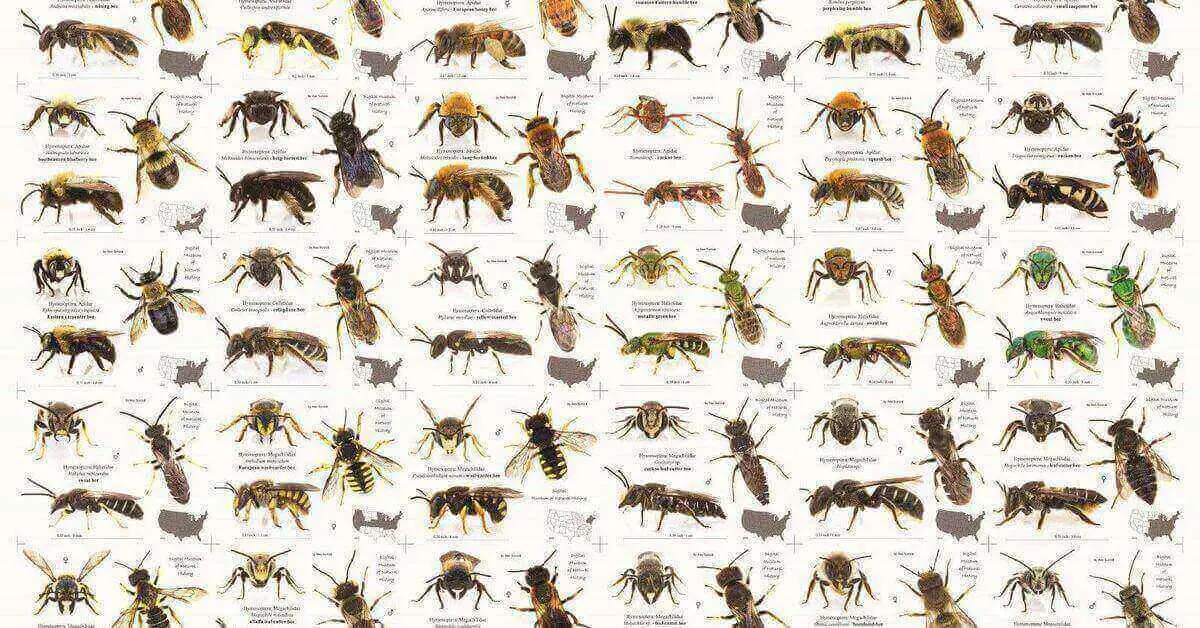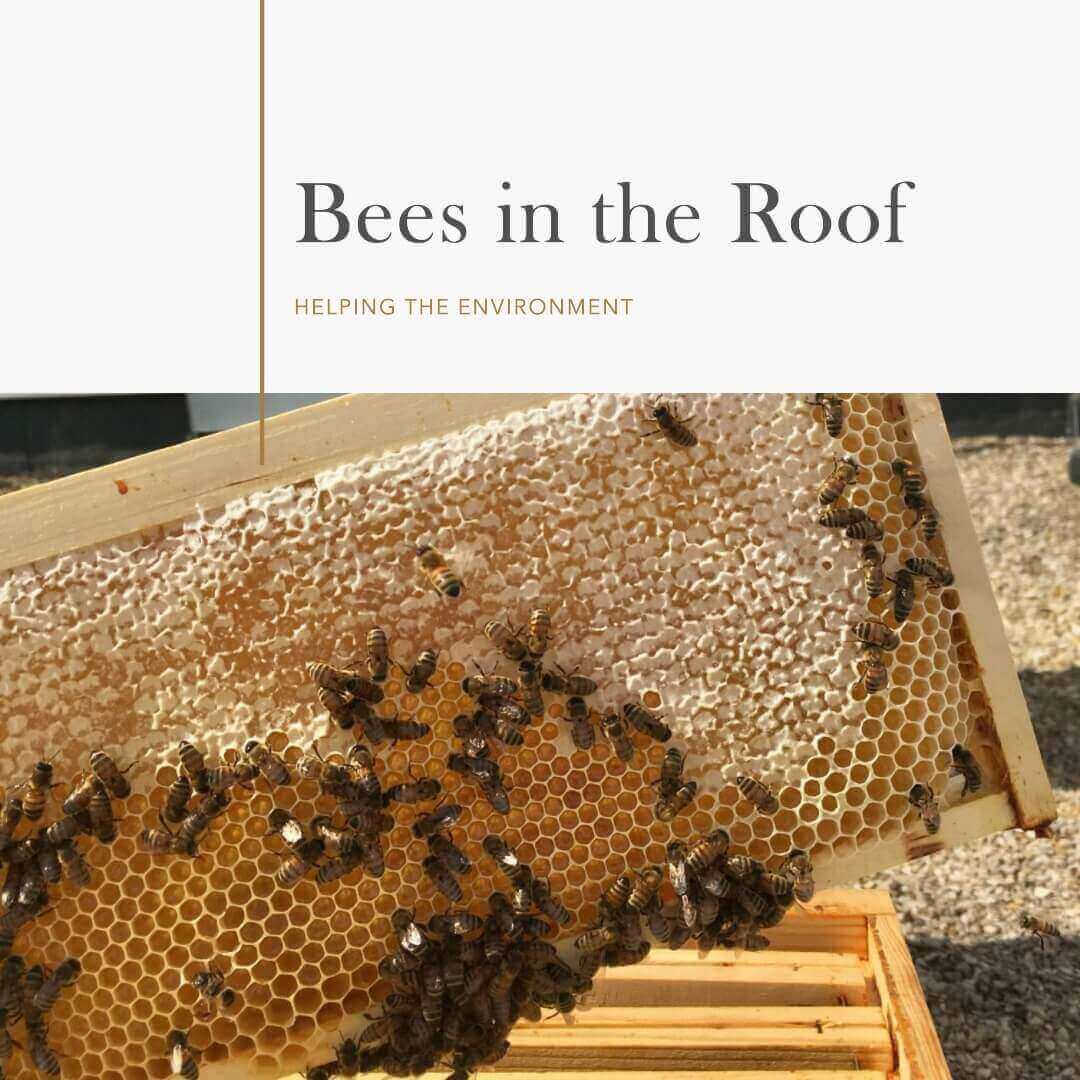Colletes bees are a fascinating group of bees that belong to the family Colletidae, commonly known as plasterer or polyester bees. These solitary bees are found all over the world, with around 200 species identified in North America alone. In this article, we will take a closer look at the lifecycle, sting behavior, pollination, and survival tactics of Colletes bee.
| Kingdom | Animalia |
| Phylum | Arthropoda |
| Class | Insecta |
| Order | Hymenoptera |
| Family | Colletidae |
| Genus | Colletes |
Lifecycle of Colletes Bees
Colletes bees have a typical bee lifecycle that consists of four stages: egg, larva, pupa, and adult. The lifecycle of Colletes bees starts in the spring, when female bees emerge from their winter hibernation. After mating, the female will search for a suitable nest site, usually in sandy or clay soils, where they will construct a vertical burrow. The female Colletes bee will then collect nectar and pollen, which she will use to create a ball of food for her offspring.

Once the ball of food is created, the female will lay a single egg on top of it and seal it in the burrow. After about a week, the egg hatches, and the larva feeds on the stored food until it reaches maturity. The larva then spins a cocoon around itself, becoming a pupa. After about two weeks, the adult bee emerges from the cocoon, and the lifecycle starts anew.
Sting Behaviour
Colletes bees are generally not aggressive and are unlikely to sting humans. Unlike honey bees or bumblebees, Colletes bees do not have a barbed sting, which means they can sting repeatedly without injuring themselves. However, if a person were to disturb a nesting site or handle a Colletes bee, it could provoke the bee to sting in defense.
Colletes Bees Feeding
The feeding behavior of Colletes bees contributes significantly to the ecosystem, promoting biodiversity through pollination and supporting the reproduction of various plant species. As they forage for nectar and collect pollen, they play a vital role in the natural balance of many habitats. Understanding and conserving the feeding habits of these fascinating bees are essential for maintaining healthy ecosystems and ensuring the continued success of both the bees and the plants they interact with.
Pollination by Colletes Bees
Colletes bees are important pollinators, particularly for wildflowers and other native plants. As solitary bees, they do not form hives or colonies and do not have a queen or workers like honeybees. Instead, each female bee is responsible for finding its own nest site, collecting food, and laying eggs. As they visit flowers in search of nectar and pollen, they inadvertently transfer pollen from one plant to another, facilitating pollination.
Related Articles:
- Osmia atriventris: Lifecycle, Nesting, and Pollination
- Anthidium manicatum biography.
- Aggressive bees: Which bees are More Aggressive?
Surviving Winter
Like many other bee species, Colletes bees have developed strategies to survive the winter months. In autumn, female bees shift their focus to gathering food for winter and sealing their burrow to protect against the cold.
During the winter months, Colletes bees enter a state of hibernation, known as diapause, where they slow down their metabolic rate and conserve energy. When the weather warms up in the spring, the bees emerge from their burrows and start the lifecycle anew.
Summary
Colletes bees are fascinating solitary bees that play an important role in pollination. While they are generally not aggressive, they can sting in defense, and their life cycles and survival strategies are worth studying and understanding.




